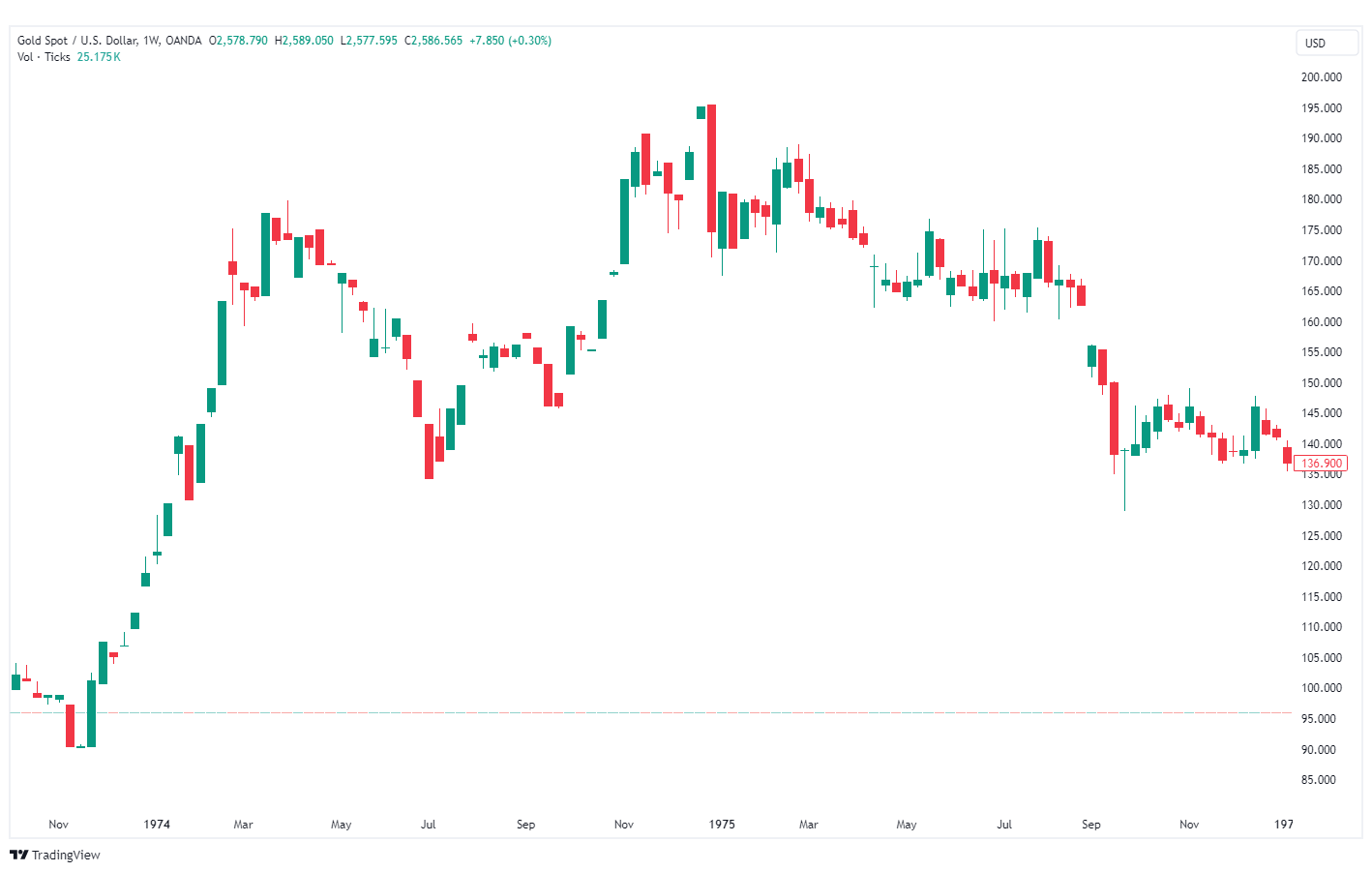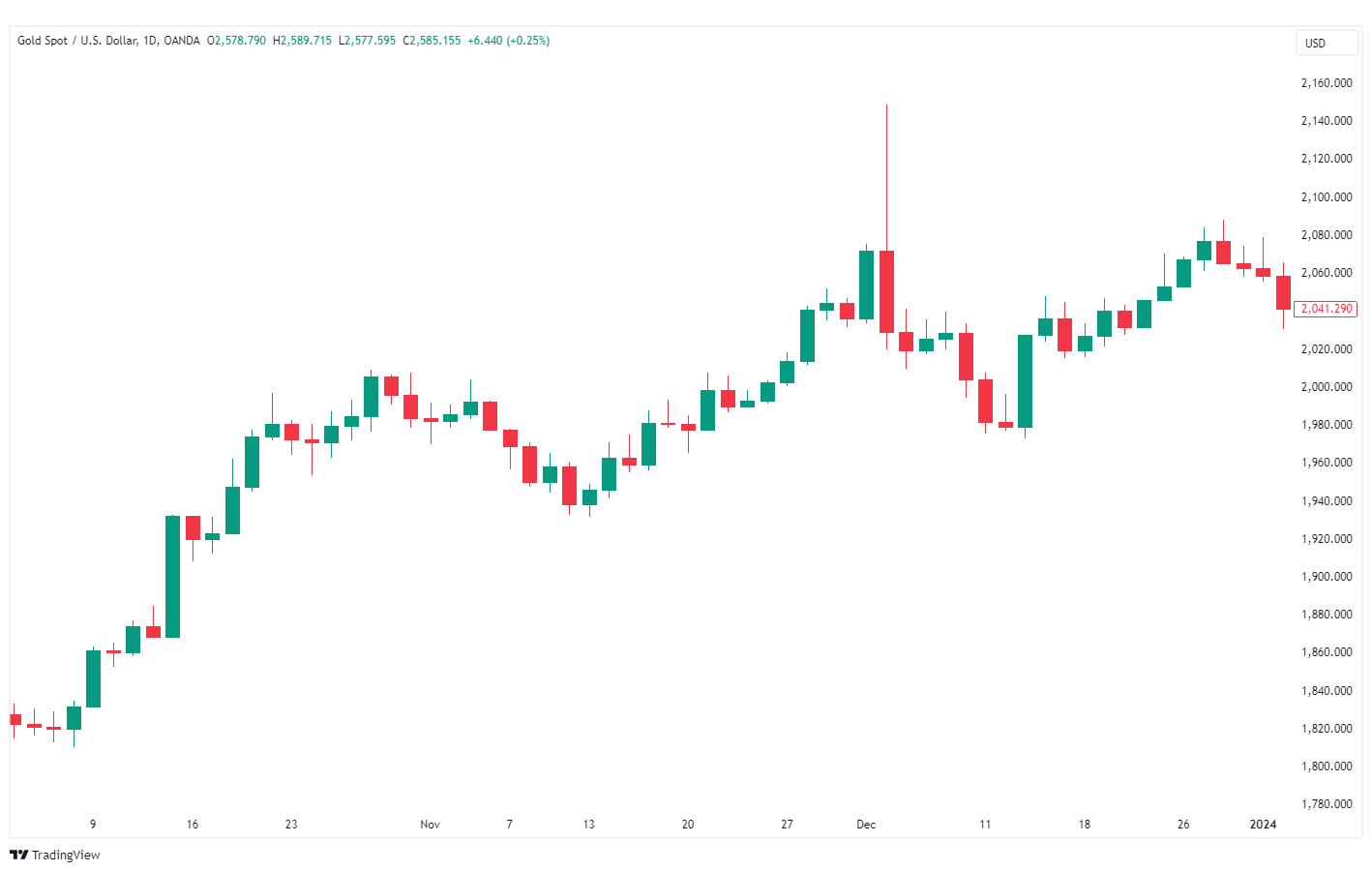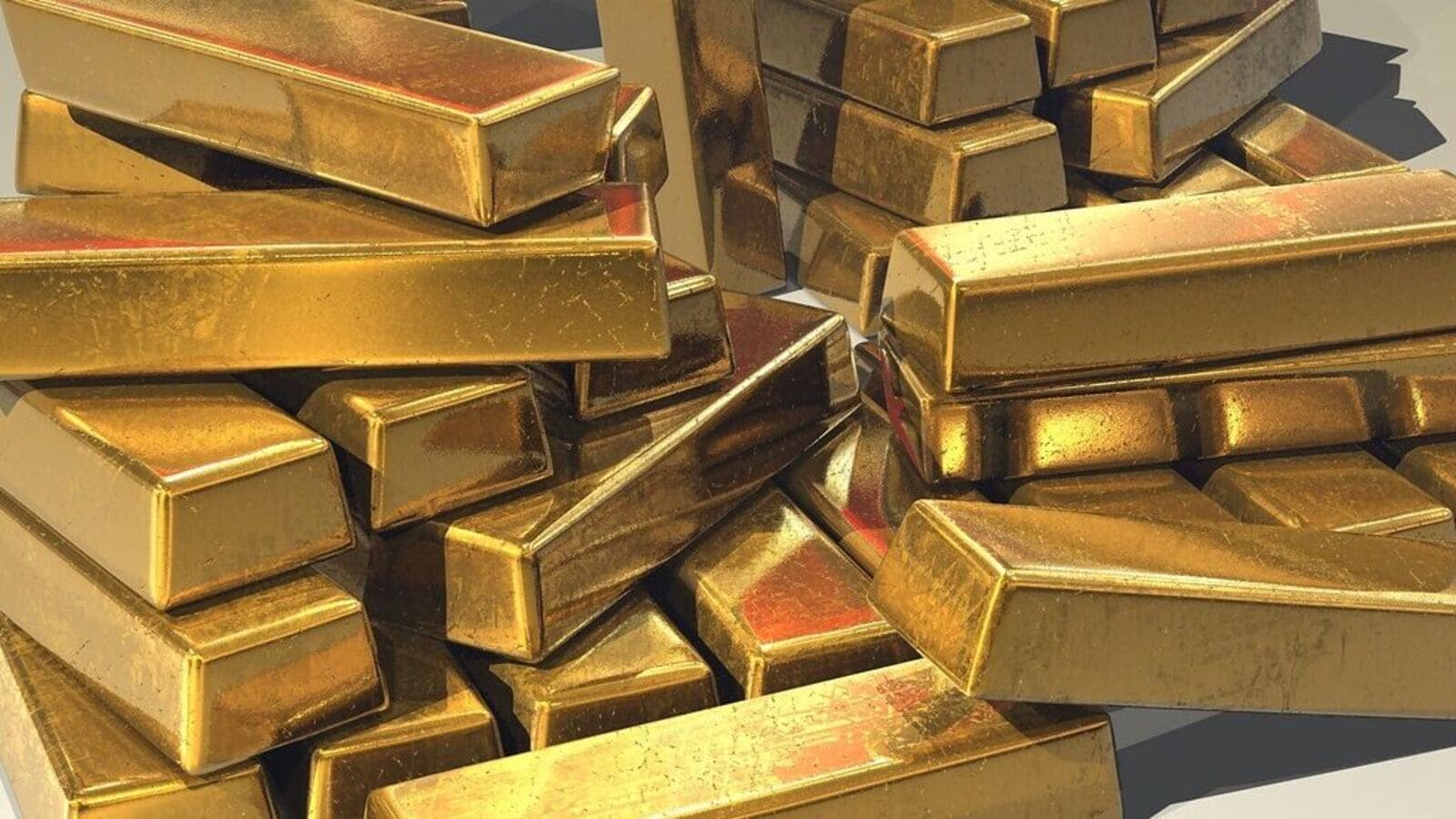The seeds of the present war were sown exactly 50 years ago when war broke out on 6 October 1973 during the Jewish holy Yom Kippur period. Which is why it is also called the Yom Kippur war by historians and oil traders. That war ended on 25 October 1973. The war had tremendous implications for the world and not just in economic terms. The politics of the Middle East and North Africa (MENA) changed forever. The present war threatens to do the same.
The 2023 war seems like Yom Kippur War-2. While lessons from history are important to learn, it should be noted that the past may rhyme with present, but it need not be a carbon copy replica.
The 1973 Yom Kippur War resulted in Arab nations choking off oil supplies to the West and triggering a major spike in crude oil prices. Many Western economies had to be admitted into the ICU (intensive care unit) of the International Monetary Fund (IMF). The US saw the then Fed chairman Paul Volcker raised interest rates to an unprecedented 20% to control inflation. But that was the past.
The current wars in Gaza and Ukraine have seen an exact opposite trend in oil prices. Oil exporting nations need petro dollars to keep their economies humming. They are eager to sell oil and gas at whatever price the buyers are ready to pay. If OPEC members cannot sell in the official oil markets, they are selling in the parallel “ghost” markets.
Read this: The ghost that haunts the global oil markets
In Eastern Europe, the Russia-Ukraine war has been ongoing since February 2022. It shows signs of only escalating rather than cooling off. Yet oil and gas prices, which skyrocketed immediately after the Russian attack in 2024, have only slipped. This validates the hypothesis that warring nations need money to fund their wars and will only export their resources too gladly. The old saying in the commodity markets is – the cure for high commodity prices is – high commodity prices. The demand and supply of commodities being highly elastic, sellers rush to offer their resources when prices overheat. This helps to cool prices lower.
For more such in-depth analyses, read Profit Pulse.
What about gold?
Geo-political tensions and gold prices are supposed to be like Siamese twins – joined at the hip. With rising geopolitical tensions and/or their fallout come rising gold prices. The Yom Kippur war of 1973 was no exception. Observe the chart below –
Gold (Spot) Weekly Chart Oct 1973 – Dec 1975

View Full Image
Gold prices declined from $102.25/oz to $98.80/oz during the period of actual fighting. The reason was this was the fourth war between the Jews and the Arabs after the formation of Israel. There was no surprise.
It was only after the Arabs led by the Saudis brandished the “oil sword” and choked off oil supplies that gold zoomed. The reason was inflation. Gold has been a store of value and a safe haven during inflationary times for 3,000 years. Gold vaulted from $ 90.50/oz in late November 1973 to $195/oz on end of December 1974.
What is noteworthy here is that gold did not rise during the Yom Kippur war. Price zoomed after oil prices spiked sharply. Which means war was not a bullish trigger. The fallout of the war – rising oil prices took gold higher.
Why did gold prices behave the way they did in 1973? Let behavioural science provide us the answer. Assume you have a near and dear relative in the hospital ICU (intensive care unit) on life support systems with negligible chances of survival. The longer the duration of internment in the hospital, the more the kith and kin of the patient are reconciled to his mortality. When the inevitable end finally comes, there is no element of surprise and shock. This was the fourth Arab-Israeli war.
What happened in 2023 to gold is interesting, as per the chart below –
Gold (Spot) Oct 2023 to Dec 2023

View Full Image
While gold prices rose in the first three months of the Gaza war, the rally had started earlier. There were multiple worries on the horizon even before the war started. Chinese real estate defaults, rising inflation, Russia-Ukraine war, recession fears and rising unemployment accompanied by food price inflation.
What if a full-fledged war breaks out?
This time around there is likely to be little or no difference in the commodities market as long as the war is conventional (no nuclear weapons are deployed). There maybe small and temporary rallies. What has changed is oil prices actually fell after the war broke out. But for a change gold price rose. Not due to inflationary concerns but from recessionary concerns.
What looks increasingly likely is a procyclical phase in the markets in 2025 and beyond. Pro-cyclicality occurs when asset prices move in line with the real economy.
Anticipation of pro-cyclicality is leading global central banks to buy gold to protect their currencies.
Also Read: Central banks are betting big on gold. Here’s how to profit from the trend
The only wildcard in the Gaza war is Iran. If the theatre of war expands and Iran is drawn into the hostilities, gold prices may rise. Alternately, if Russia and/or Ukraine escalate the war, NATO forces join the fighting gold prices may spike temporarily. The spike is likely to be sharp (upto 5-10%) followed by a bout of profit-taking and a long-term bull market starting thereafter. A nuclear war can lead to “unknown unknowns.”
The long-term fallout of war is more important for gold price trends than the war itself. Wars end at some point, but their impact tends to last far longer. Wars are inflationary and recessionary. Both these conditions are bullish triggers for gold prices.
Given a choice between buying gold as soon as a full fledged war breaks out and buying a subsequent dip, I would opt for the latter. The weight of evidence supports the latter move.
The purpose of this article is only to share interesting charts, data points and thought-provoking opinions. It is NOT a recommendation. If you wish to consider an investment, you are strongly advised to consult your investment advisor. This article is strictly for educative purposes only.
Vijay Bhambwani is the author of the first official commodities trading guide in India. He designs statistical and behavioural trading models for his family owned prop trading outfit. He stays at South Mumbai and trades markets since 1986. He tweets at – @vijaybhambwani and has a video blog at www.youtube.com/vijaybhambwani
Disclosure: The writer and his prop trading organisation have no exposure to derivatives contracts of gold discussed here as per Sebi guidelines.
